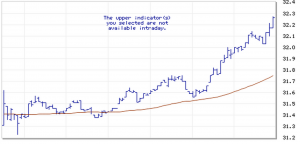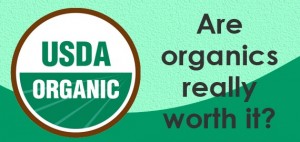Telus recently announced they were going to invest 4 billion dollars’ in fiber optics for Vancouver. Telus’s current assets are 2.2 billion and current liabilities are 3.5 billion which leaves them with a current ratio of 0.6. A current ratio below 1.0 is often a cause of concern to investors because the company’s liquid assets are not currently able to pay off their debt. That being said, this can often mean that the company is growing. In an effort to prove the latter, Telus emphasised the experience “[the company] gained through 60 such projects (with 28 now fully built)”.
Telus is investing heavily to satisfy the ever growing customer demand for faster Wi-Fi. This is however, still a risk. Even last year, despite fiber optics becoming increasingly popular, there were people looking to find even more advanced technology than fiber optics. Howard Milchberg, a professor at the University of Maryland is developing a technology to rival fiber optics, one that will only use “air to guide the light”. With the ever-evolving field of technology an investment this size will always be a risk, the question as to weather or not the company will succeed is dependant on the nature of the risk and how they present it to their investors. Just minutes into their press conference their stock began to rise, clearly, they are keeping investors happy.
Graph from Market Watch http://www.marketwatch.com/investing/stock/tu

